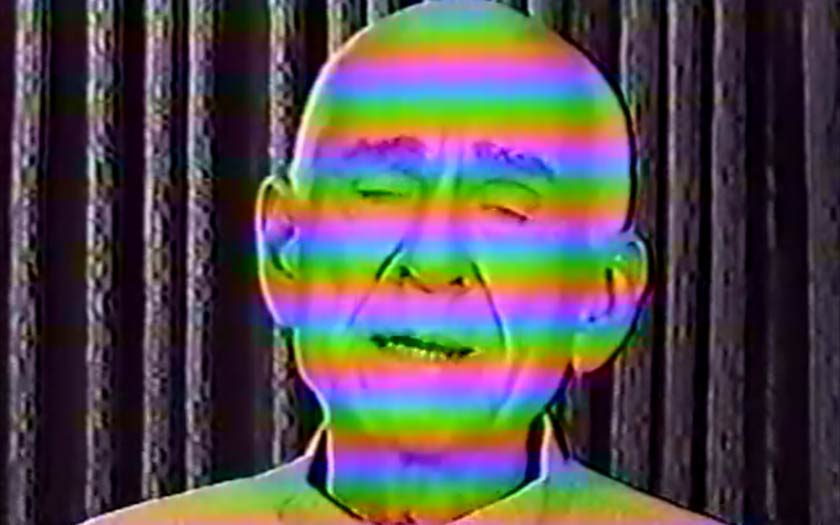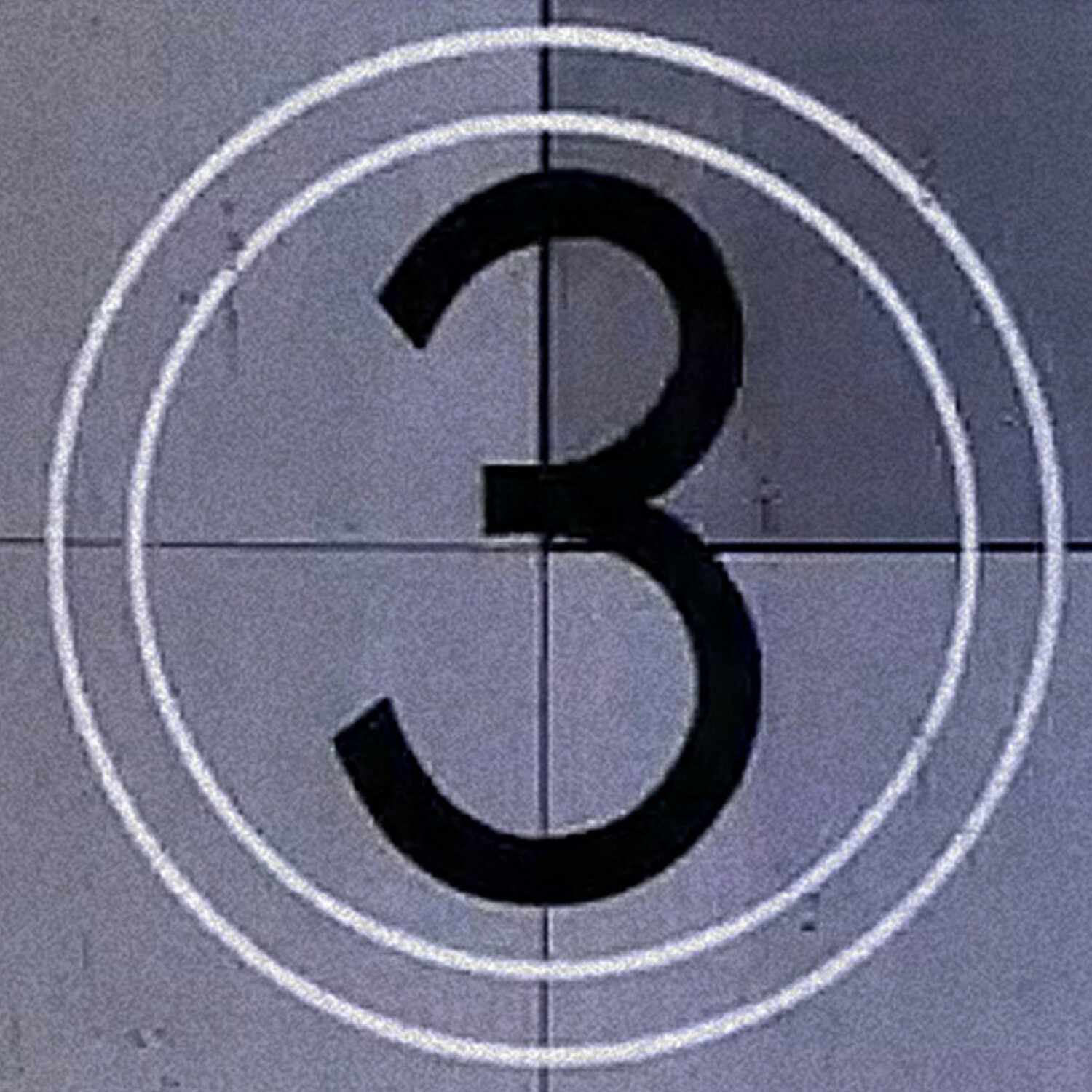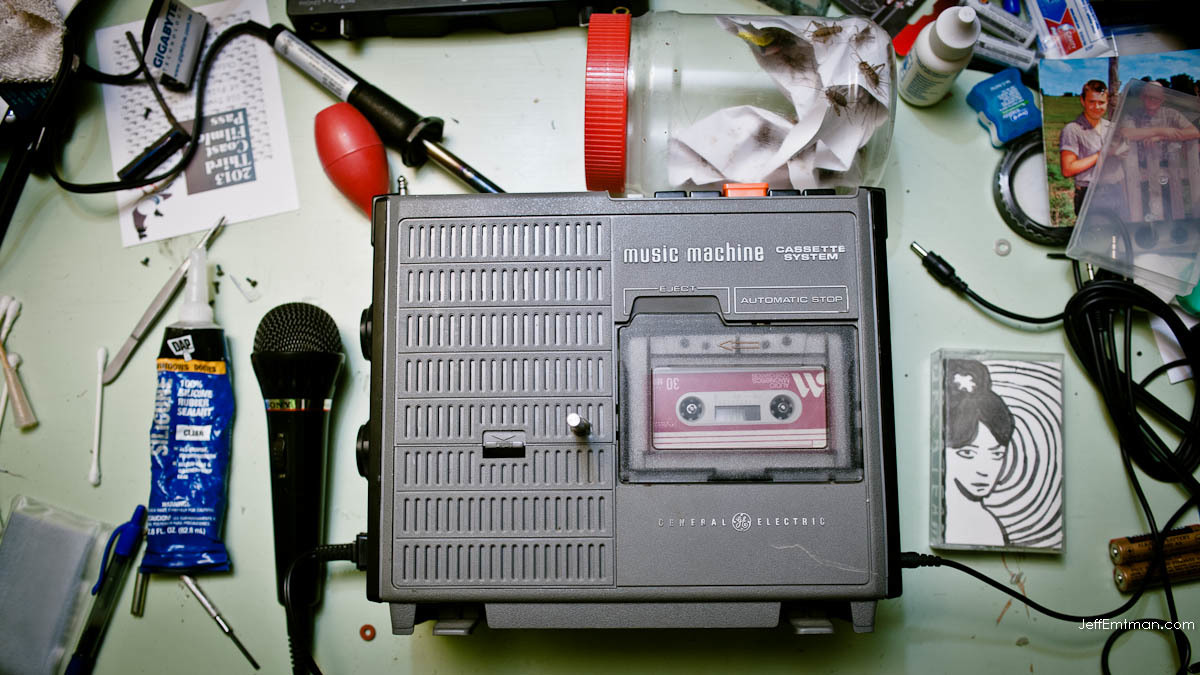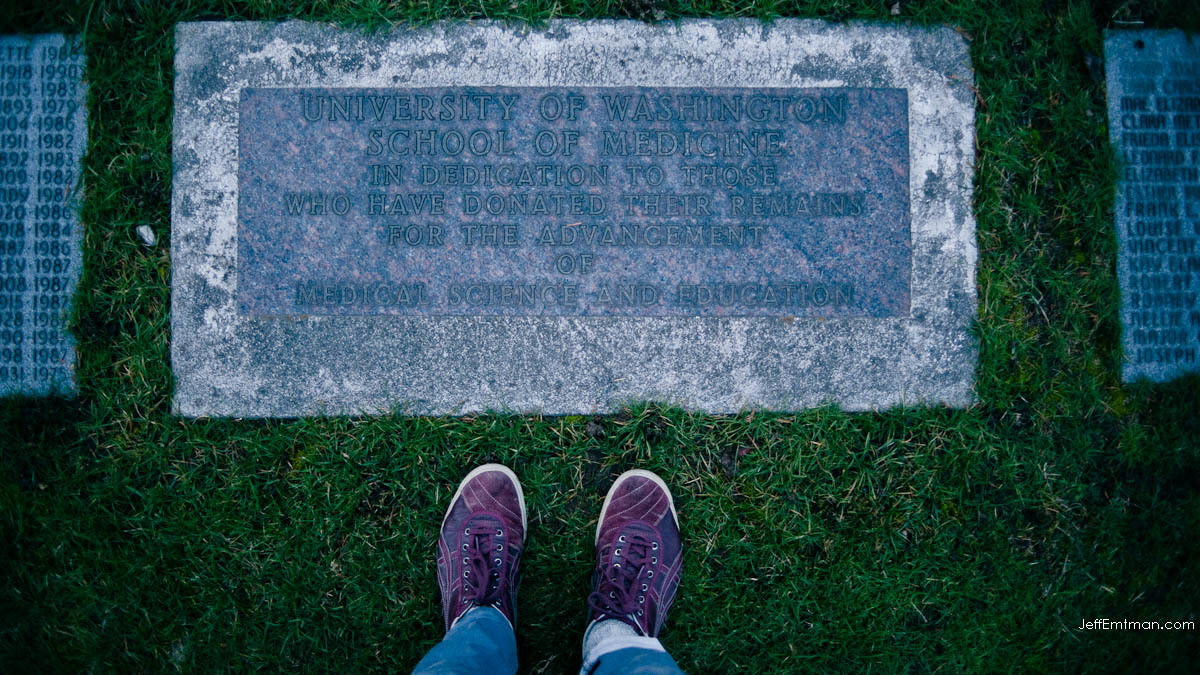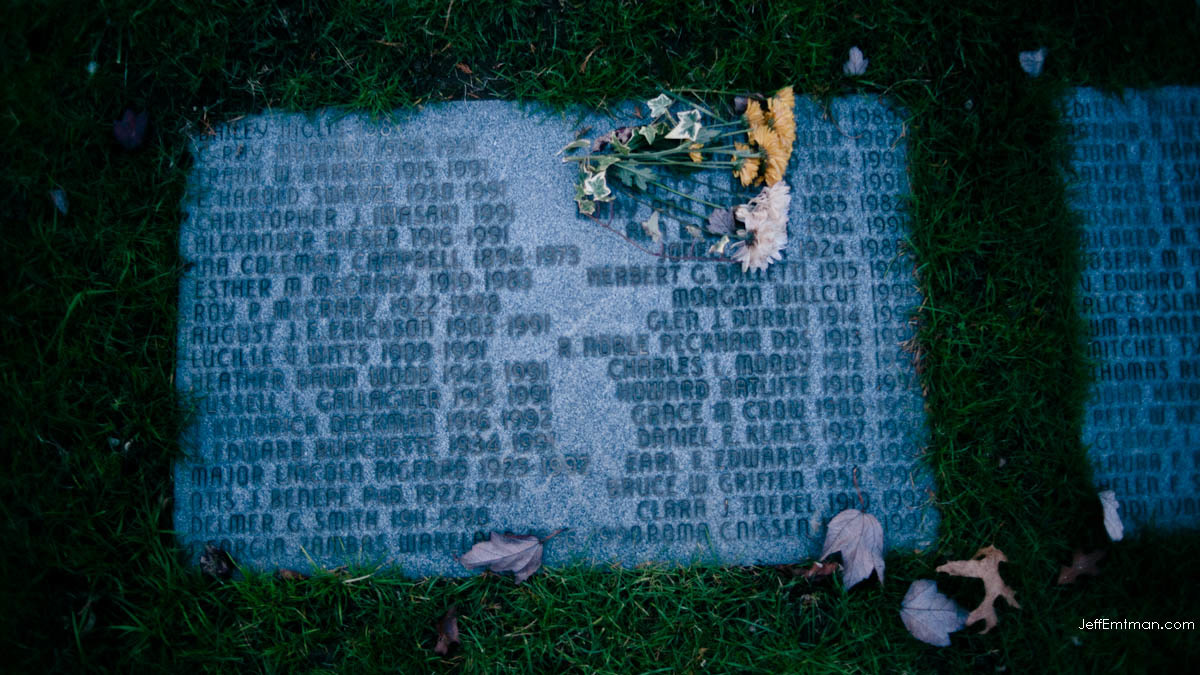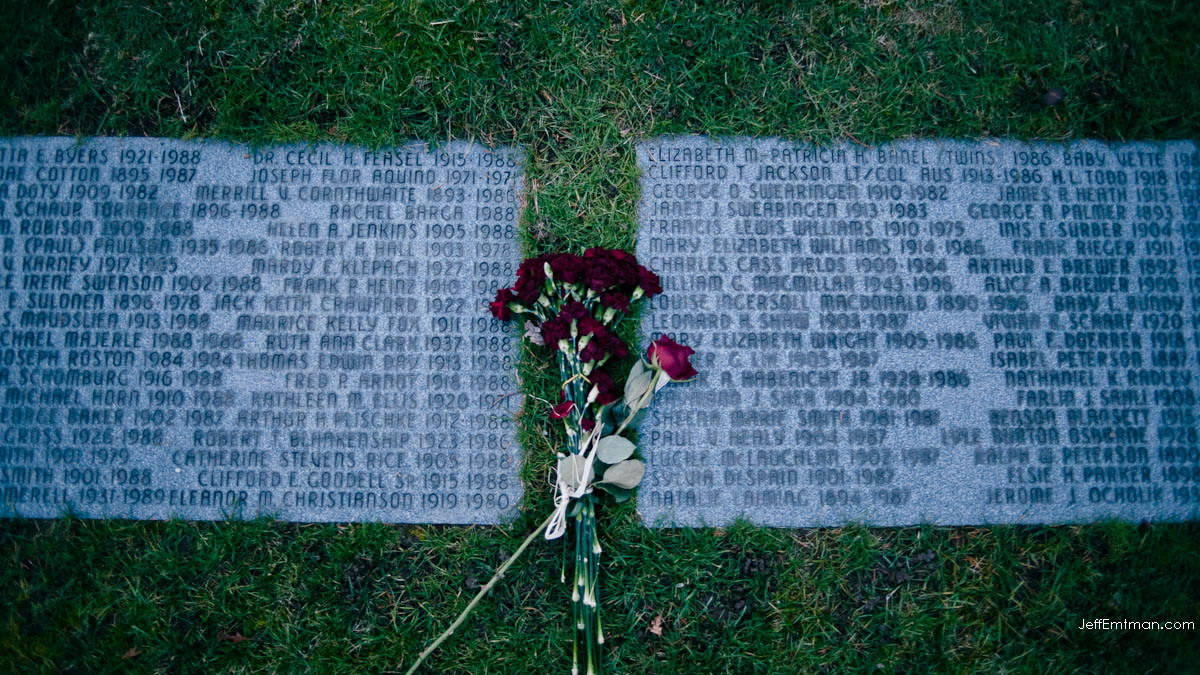This episode is a Grab-bag, it contains three segments that serve as follow-ups to the three most recent episodes of Here Be Monsters.
Part 1: Crickets on Tape
In this segment, Jeff takes apart his tape recorder and installs a knob to help him slow down the tape without using digital wizardry in attempts to de-muddy the waters after HBM029: Do Crickets Sing Hymns. He bought some more crickets and slowed the cassette slowed down to 1/3 speed. The results were telling, and surprising.
In that episode, we were talking about the confusion surrounding the bit of audio called God's Cricket Chorus by Jim Wilson. In this segment we’ll clear up exactly what is known and exactly what is not about God’s Cricket Chorus and its derivative works.
Also, a correction to a mistake we made in Episode 29 about how digital audio is constructed for our ears. In that episode we represented the final product of digital audio to be choppy, yet moving by too quick for our ears to notice its choppiness. This is NOT the case. In fact, digital audio is always converted back to analog before it hits our ears. This is done with a device called a Digital to Analog Converter (DAC). Here’s an article that explains this process very simply (Page 4 is where the good stuff starts). Big thanks to the two commenter s who pointed out this error.
Want to try stretching some crickets yourself? Download this same set of cricket songs we used for the shows.
Part 2: Conventional Wisdom on the Future of the Four Humors
In HBM027: Balancing Act, Here Be Monsters producer Lina Misitzis delved into the rich history of the Four Humors, which was, for thousands of years, the way much of world understood medicine, the body and the universe as a whole.
While we never heard from Alain Touwaide in that episode, he was central to our research of traditional medicine. He’s the director of the Institute for the Preservation of Medical Traditions in Washington DC.
He spoke with Lina about the foggy past and likely future of Humorism.









